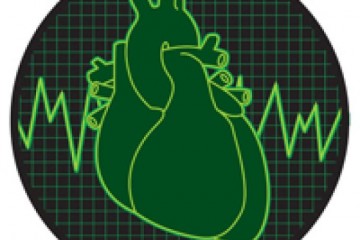CRACK IT Challenge
InPulse: Engineered 2D & 3D hiPSC-CM platforms to detect cardiovascular safety liabilities

At a glance
Completed
Award date
July 2014 - October 2018
Contract amount
£999,915
Contractor(s)
Sponsor(s)
R
- Replacement
